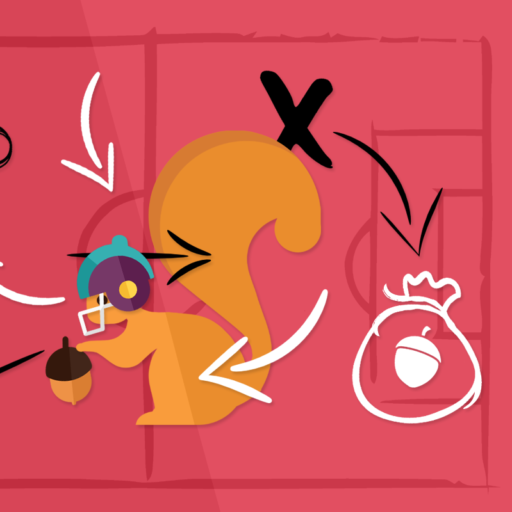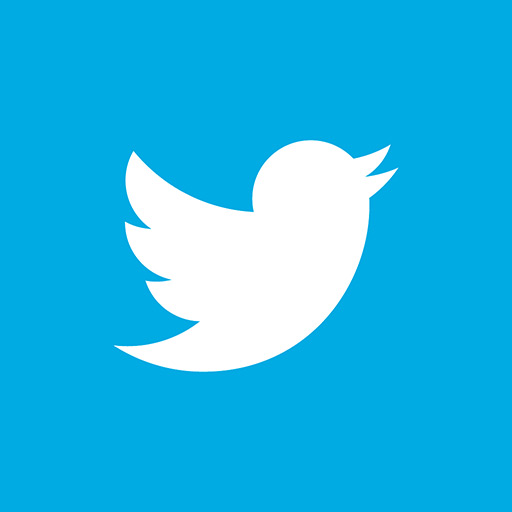
Freelancing can be pretty freakin’ awesome. But it can also suck hard, too. Having just hit my 15-month mark as full-time freelancer, I’ve realized how crucial it is to keep things together—and how easily things can fall apart. Freelancing is a funky hybrid of sorts. One one hand, you have have the freedom and flexibility to choose your clients (ideally), to create a schedule that jives best with your productivity style, and work pretty much anywhere there’s reliable wi-fi. On the other hand, you need to stay super organized, and bear the responsibility of footing the bill for your own health insurance and retirement. Oh, and then there is the anxiety and stress that comes with income that fluctuates month to month.
Freelancing is oftentimes depicted as a choice, something A-types and hustlers do on their own accord. But what if you were given a gentle nudge—or were straight-up forced—into freelancing? In 2015, while I had long wanted to try out the freelance life for myself, I took a baby step from leaving my full-time job with benefits at a job I liked and accepted a one-year contract position. However, about two months into it I was given the pink slip. They were overstaffed and so had to let me go. Initially I was in shock, but two days later I was on the plane to FinCon, a conference for money nerds and personal finance content creators. And lo and behold, I landed a bunch of leads at their Freelancer’s Marketplace.
My leads, along with a robust f*ck-off fund and a super helpful talk I had with my friend Andrew prompted me to not accept a near 6-figure contract position at an investment firm. That was almost half of what I was used to raking in a year. The job would’ve been fine, except that it was putting off what I really wanted to do—freelance! It was incredibly scary, and to be honest, still is. But I found that it has all been worth it. I was able to make more in the first 10 months of the year than I had at my old full-time job.
But what if you’re not as prepared? If you’re freelancing out of necessity, either because you were laid off or had your hours drastically reduced, how can you best manage? Here are some pointers on how you can make up for that lost income, and land “bridge gigs” that could potentially lead to your next job?
Tap into overlooked pockets of savings
Yes, the 3-6 month emergency fund is something we could all use. But seriously, most of us barely have a couple of hundred bucks to our name. I highly recommend couch scrounging, breaking piggy banks, and trying to find little pockets where money might be. This includes bank accounts you had opened long ago with a few dollars in it.
Moving forward, seriously work on boosting your savings, either by starting off with a few hundred dollars, then a buffer fund that can cover a month’s worth of your basic expenses. I absolutely love Digit, and since I signed up this past March, have saved nearly $3,000. How Digit works is that it uses an algorithm to automatically save money for you. I am super lazy, so love how effortless it is. You can use that money to put toward your emergency fund.
Boost your earnings by doing what’s easiest
I’m all about doing what’s easiest. I had been working in publishing and communications for about 9 years when I was nudged into freelance, I was moonlighting for about 6 years, writing personal finance articles, copyediting art magazines, children’s books, and writing copy for websites. I also was petsitting and test proctoring at a local university. So I reached out to my network and got whatever gigs were easiest for me at time.
And while I don’t really do as much copyediting as I used to, I still work at my old job at a publisher about 6 months of the year for about 10-15 hours a week, and I consider them an anchor client. And guess what? I still petsit and test proctor on occasion. Those are both gigs where I get paid to sit on my bum and work on my freelance.
Get your feelers out there, and take on whatever side hustles are easiest for you. If you love to drive and have a reliable ride, sign up to be a rideshare driver, or if you are an ace at repairing your bike, then offering fix-up workshops. Sell your junk on sites like eBay or decluttr, get paid on sites such as Swagbucks, or take advantage of referral codes and cashback offers.
The key is to make money quickly so you don’t have to needlessly tap into your credit cards. You really don’t want to hurt your credit, so don’t spend more than you need to. Once you get your bearings, you can spend more time raking in cash in ways you really want to.
Create different streams of income
For 27-year-old Tyler Philbrook, a personal finance blogger who runs I am the Future Me, he looked toward several side hustles when his job as a pharmacy tech was cut from 36-40 hours to 28 hours a week. While he had already started side hustling as a freelance writer, he also began to drive for Lyft and Uber, and made money on Amazon through their Fulfillment by Amazon program. He’s currently making $2,000 a month from Amazon, $200 a month freelance writing, and a few hundred a month as a rideshare driver. What’s amazing is he is making more money selling on Amazon than at his day job.
Ideally, you should have been working on your different streams of income by side hustling well before you have to turn to freelancing, Philbrook recommends. “If that’s not possible, don’t freak out. It’s not the end of the world; it just will be slightly more difficult at first,” says Philbrook.
Keep an open mind
Okay, so maybe you’re at Point A and what you ultimately want to do is at Point Z. I’ve learned that piecemealing your way to what you want to do is a great approach. So in other words, go from Point A to B, and take it from there. It ultimately took me 10 years and hopefully it won’t take you that long, but by figuring out what I enjoyed the most at each job, then trying to do more of it at my next job, all while building up my skills in my off time. I will get more into detail about this in a later post, but be open to opportunities, taking on new skills, and most important, grow where you’re planted.
Ease up on yourself
This ish takes time. Even though I had started side hustling and building out my client base long before I took the leap to freelancing full-time, I didn’t start really getting into the swing of things and writing for some of the new clients 1-2 months later. And depending on where you’re at, it could take longer. So be patient with yourself, and keep at it.
While you may be freelancing due to less-than-ideal circumstances, by pulling your skills and resources together, you can make this freelance thing work. While it may require more work and grit than a day job, it can be far more rewarding. And you may learn that you’re actually cut out for self-employment after all.
Disclosure: I do get some monies if you sign up via my link for Digit, so if want to check it out and support the blog, I’d be much obliged.





Only registered users can comment.